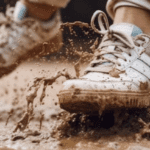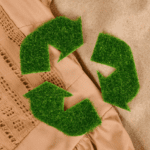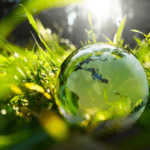We know that microplastic contamination is found on land, in the air, on the polar ice caps, and on the oceans’ bottom. Most microplastics come from the degradation of non-biodegradable plastics entering the environment as waste or the shedding of fibres from synthetic clothing such as polyester. Research from the University of Plymouth suggested that one person wearing polyester garments could shed millions of fibres annually through general wear and subsequent washing.
There are increasing efforts by retailers and manufacturers to understand the impact of their synthetic clothes and the plastics they use on the environment. We see the introduction of legislation in various parts of the world to protect human health and future environments from plastic pollution.
At Eurofins, we support our customers in understanding the impacts of plastics and synthetic materials through various services. In August 2020, Eurofins published a white paper on the shedding of microplastics and fibres from textile sources following washing.
Methodology
Using a test developed by Eurofins using a repeatable methodology, we could quantify the number of microfibres shed by different materials and garments.
The method included a simulation of washing using a hermetic drum, where the wash liquid was collected and filtered to assess microfibre accumulation.
These were then assessed for quantity, size and type using SEM microscopy, FTIR and Raman spectroscopy.
Key findings of the white paper
The following five factors did have an impact on micro fibre shedding
- Fibre length and yarn construction
- Fibre composition strength
- Yarn and fabric finishing
- Fabric composition
- Number of washes
The white paper is free to download.
Microplastic Testing, Identification and Quantification
Eurofins has invested in technologies, providing detailed microplastic analysis in the environment and offers one of the world’s leading microplastic testing and analysis services. We can quantify and qualify microplastics in almost any media from water to food, fish, sediment, sludge etc.
For further information on our microplastic testing and analysis services, click here.
Contact details
Contact us today to find out more about our microplastic services.



